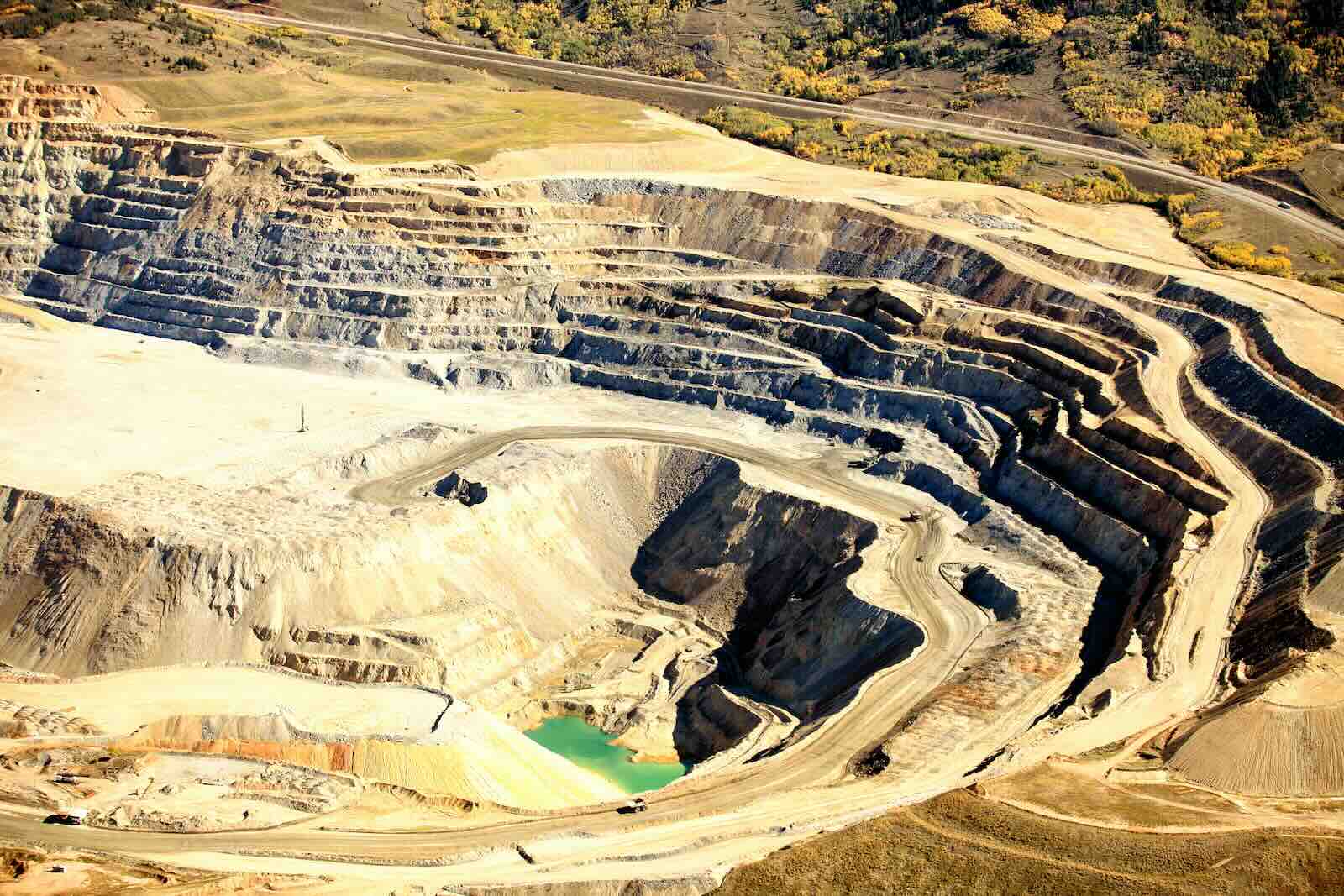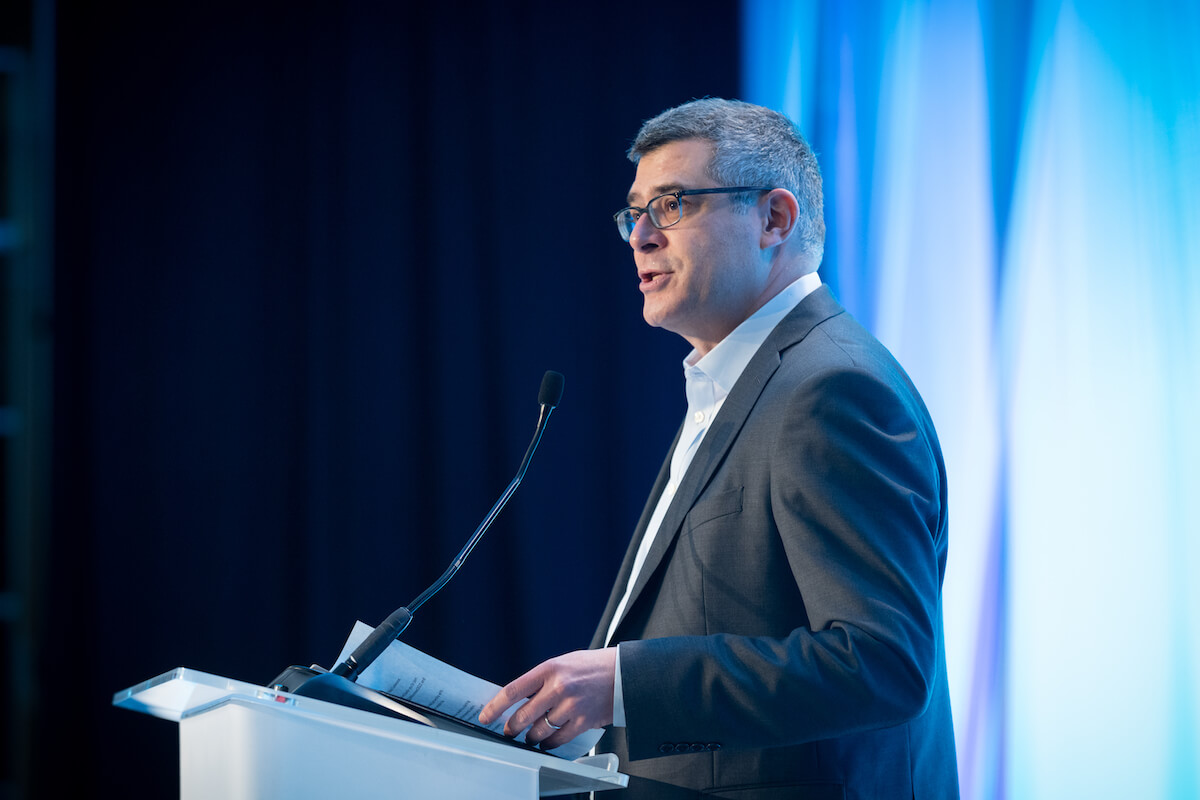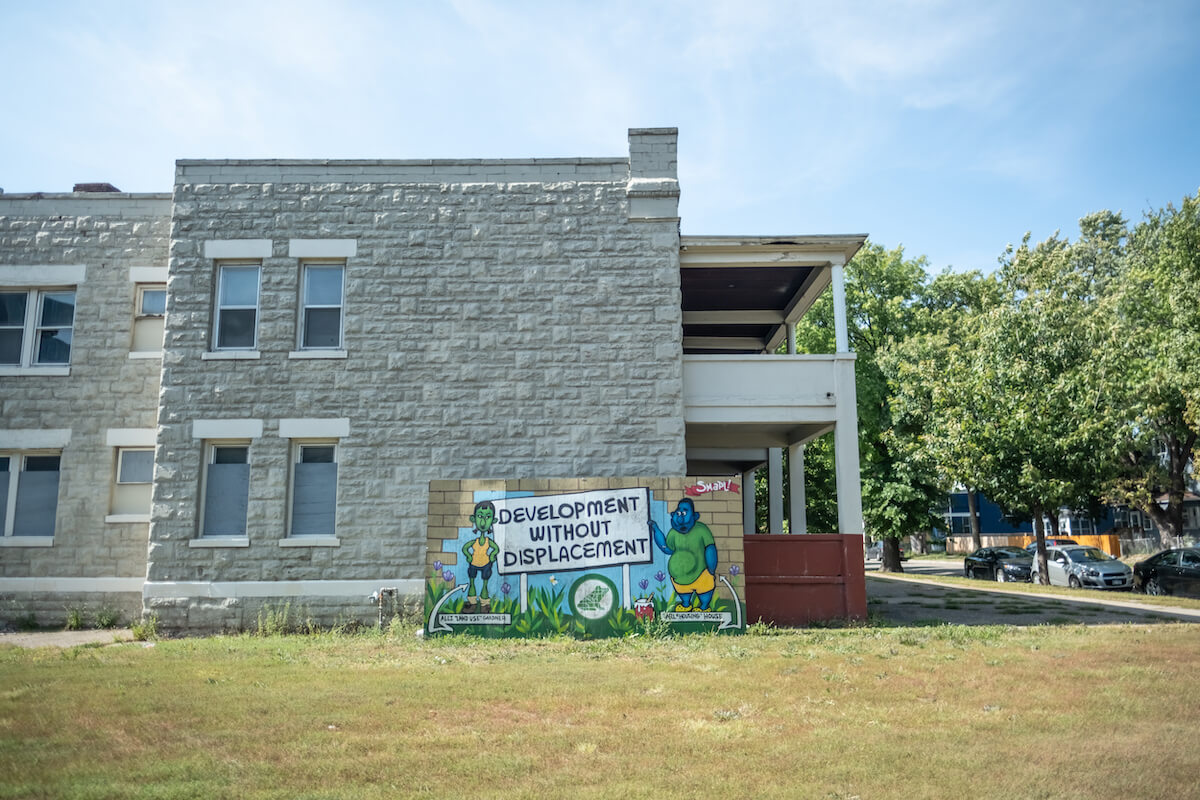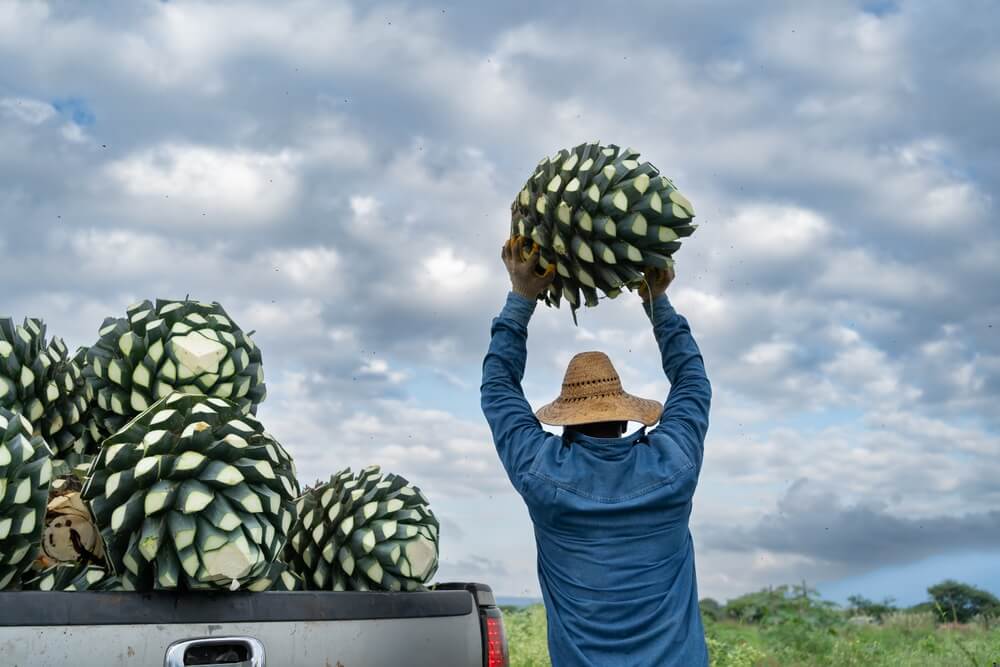“Everyone at a Davos session is either someone important…” quipped an on-stage journalist to an influential but unassuming CEO, “…or they think they are important.”
Jokes aside, the craziness and serendipity of World Economic Forum week in this otherwise sleepy snowy ski resort town can be quite contagious.
What is unique is the breadth, richness and intersectionality of several the world’s issues being mooted all at once. Celebrities, influencers, CEOs, industry practitioners, journalists, activists, ministers – all taking on Inflation & Rates, GenAI & Inclusive Technology, Geopolitics & War economy, Climate & Sustainability, Mental Health & Well-being. During #WEF2024 (like other Davos years), you had the specialist consortia for each of these topics milling around in the snow from several walks of life all deliberating and evocating nonstop on these topics and their intersectionality.
This year WEF’s broader theme at large was ‘Rebuilding Trust’ (between the global north and the global south). But AI and Geopolitics dominated the Davos psyche. I wanted to share some of my own ‘macro takeaways,’ written in personal capacity.
Results-based carbon credits can bridge the ‘viability gap’ in adaptation finance.
The modelled costs of adaptation in developing countries are estimated at $215 billion/year in this decade. Various new pools of capital need to be unlocked to address this beyond the public bilateral and multilateral adaption finance (which was meager $21 billion in 2021 with a 15% year over year decline).
At WEF 2024, I noted the potential for high-value high integrity carbon credit financing to be able to fill part of the much-needed ‘subsidy’ or ‘viability gap’ funding. Donors, governments, and investors all consistently highlight that kind of capital as the catalyst needed to unlock private adaptation finance.
Specifically, certain emerging types of high-quality credits can generate significant livelihood income and adaptation resilience. For example, some growing ‘novel’ CDRs (carbon dioxide removal) applying various technologies (bioenergy with carbon capture, enhanced rock weathering, biochar, etc.) are predicted to hold long-term CDR prices of more than $100/ton average (versus the current average $4-5/ton in avoidance credits we often see).
I won’t be surprised if novel CDRs become a major theme of #WEF25 among development financiers and the chief sustainability officers!
Financing the energy transition is a story of capital reallocation.
Despite the declining cost curve, renewables’ scale up has been hindered under the shadow of the inflation, which featured in several of the Davos climate conversations.
“Capital markets are not ‘doing the job’ in scaling up renewables,” according to one CEO.
Public markets have not been holding great potential for green finance, and thanks to the rising interest rates, green projects that were once profitable had become unattractive in 2023.
What drives optimism within me though is that renewables’ growth doesn’t require a massive surge in capital expenditures – the net growth in capex required each year is just 2%, according to the latest RMI report, lower than the expected 3% global GDP growth.
RMI factors in falling fossil fuel capex, and wonderfully articulates how “financing the energy transition is a story of capital reallocation.”
GenAI is an opportunity for DEI leadership on reskilling and the future of work.
Not a single session I attended or heard of passed without a question on AI and GenAI and its role/implications for the theme of that session. However, I’ve got to say I did not hear a lot of newness in the content there, even from the top celebrity CEOs of the tech giants.
Amongst all the ‘doom and gloom’ around the GenAI (taking away jobs, overpowering human intelligence, lagging regulations, etc.), I did note one striking silver-lining: the future of work is due for significant ‘reskilling,’ aided by the AI ‘co-pilot’ and enhanced levels of digital literacy.
This reskilling presents a window of opportunity for under-represented groups through inclusive and proactive DEI leadership. It was encouraging a see a rising focus on DEI among the public and private sector leaders at the WEF.
Philanthropy is stepping up to both/and grantmaking and catalytic investments.
Philanthropy has come a long way over the last decade or two. Many regular Davos-going philanthropists opined how the ‘spectrum’ approach to soft capital is a must now, rather than an ‘either-or’ choice strategy between traditional grant-making and more fashionable blended finance/catalytic capital strategies of late.
Many foundations who were championing market-based models to drive low-income livelihood impact and shunning ‘subsidies’ have humbly come around of late. They now favor ‘results-based financing’ subsidies while also moving towards fixing the ‘access to capital’ continuum through application of wide-ranging investment de-risking instruments beyond grant-making.
There also was a growing realization that philanthropies can’t move away from traditional grant-making for building local capacity and grassroot market ecosystems, augmenting the public delivery models, and in serving the ultra-poor where market-based model simply cannot function (unless heavily cross-subsidized).
From ‘just in time’ to ‘just in case’: localizing and decarbonizing supply chains
‘Resilience’ has also been one of the dominant themes at this year’s WEF across so many levels: personal, organisational, market and societal. Each deserving their own book-length coverage!
In the context of market and supply chain resilience, what seemed a Covid-19 after-effect is the new geopolitical reality. The global rewiring of supply chains and reduced reliance on single source suppliers is now combined with local manufacturing incentives in national policies and political party manifestos.
While the localization trend accelerated post-Covid to large sophisticated global supply chains, the decarbonisation imperative added a complex overlay at WEF 2024. For some sectors, such as agri-commodities, metals and mining, real estate and financial services, indirect “Scope 3” emissions account for more than 90% of the total emissions.
Tackling Scope 3 emissions would require comprehensive re-evaluation of corporates’ (localizing) supply chains, product portfolios and even business models.
Ashish Kumar is a long-time climate investor (across funds, facilities, and directs) and a market/ ecosystem builder – with a particular interest in the just and inclusive transition in the global south.











